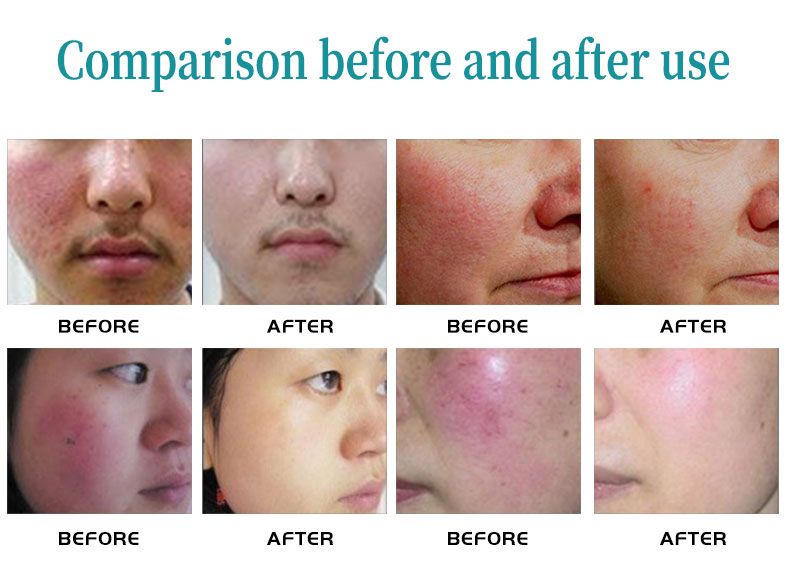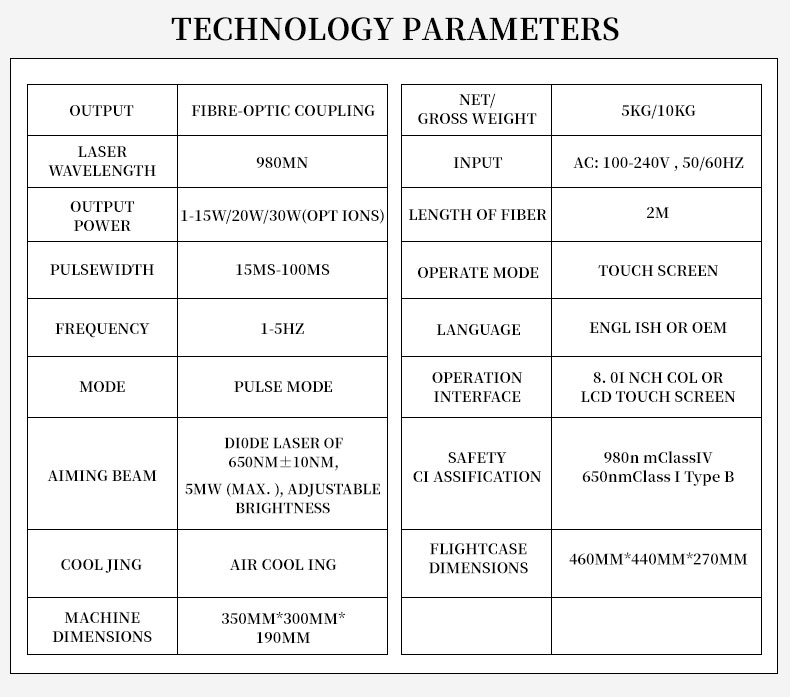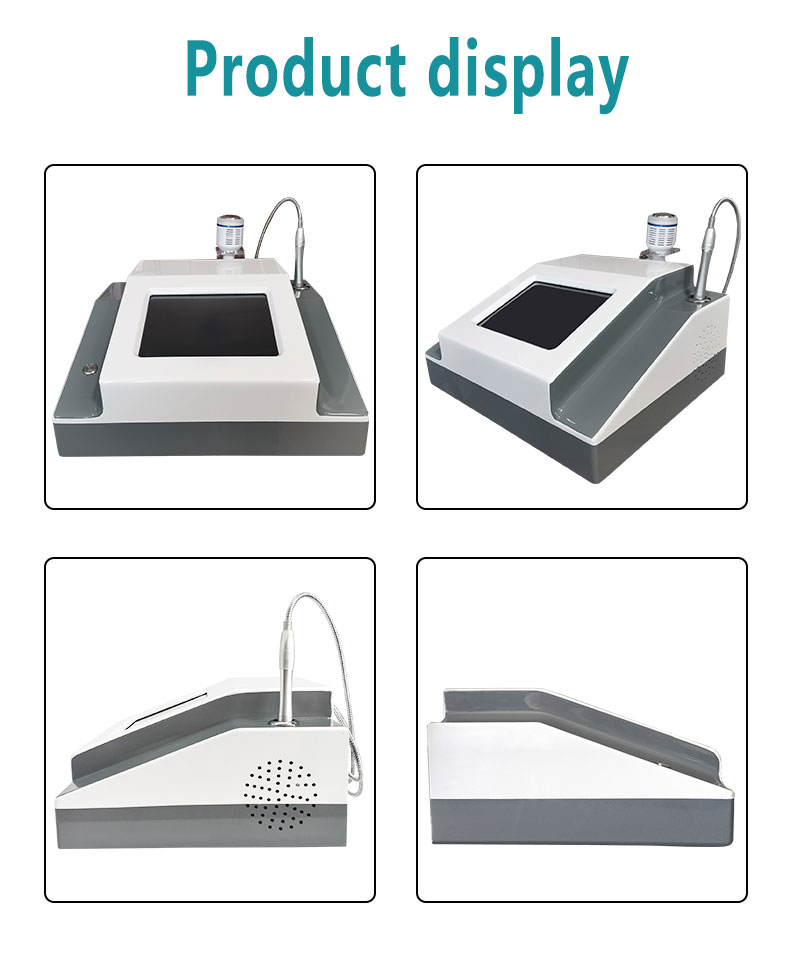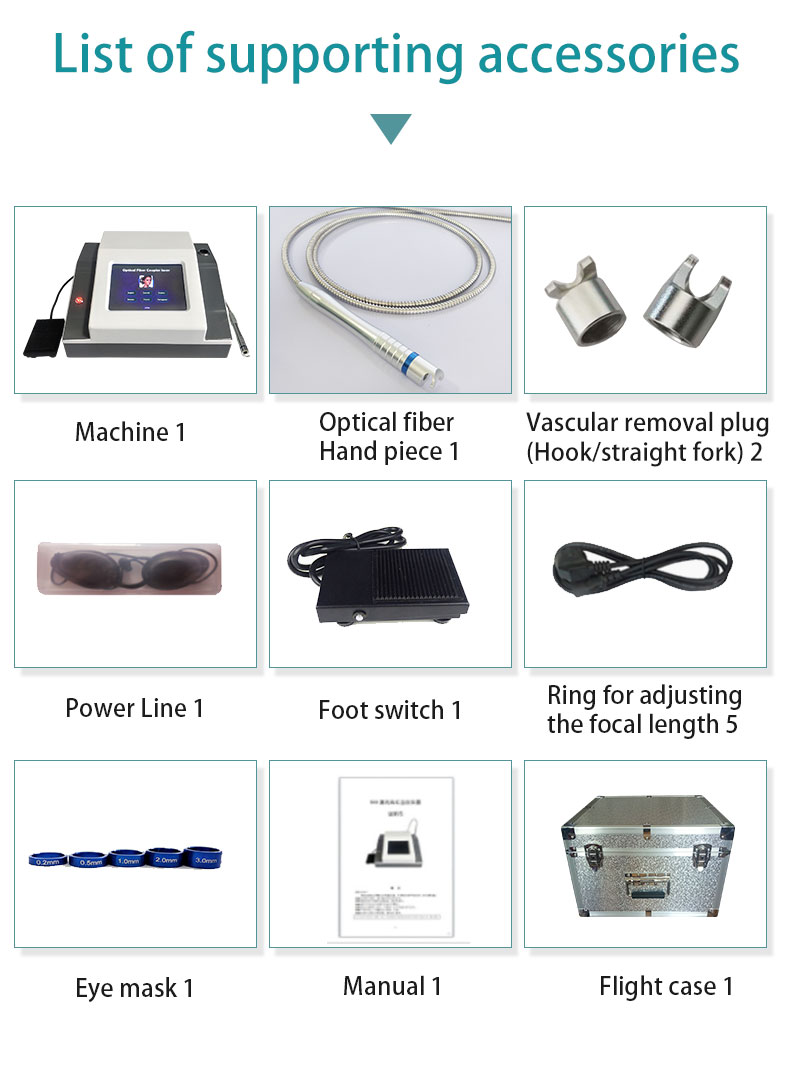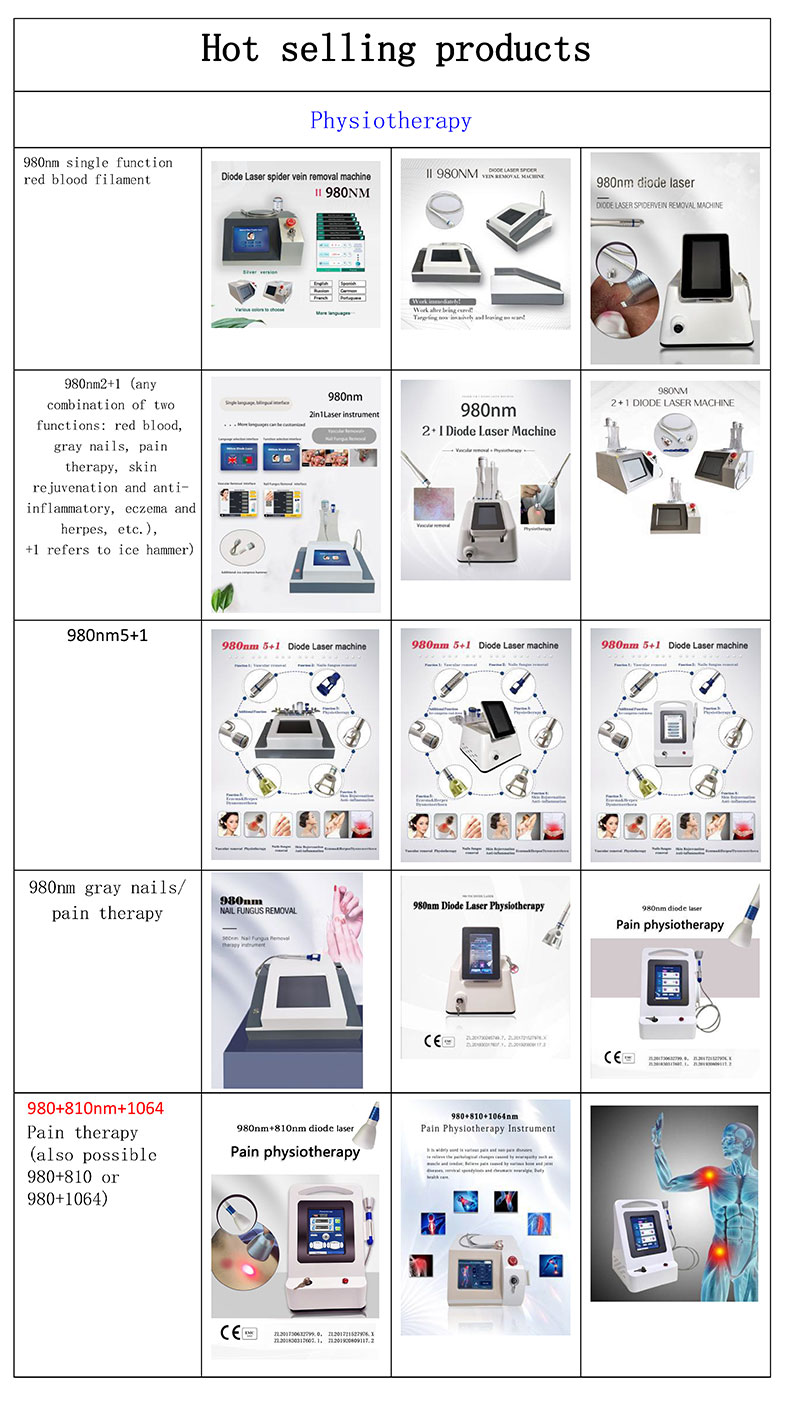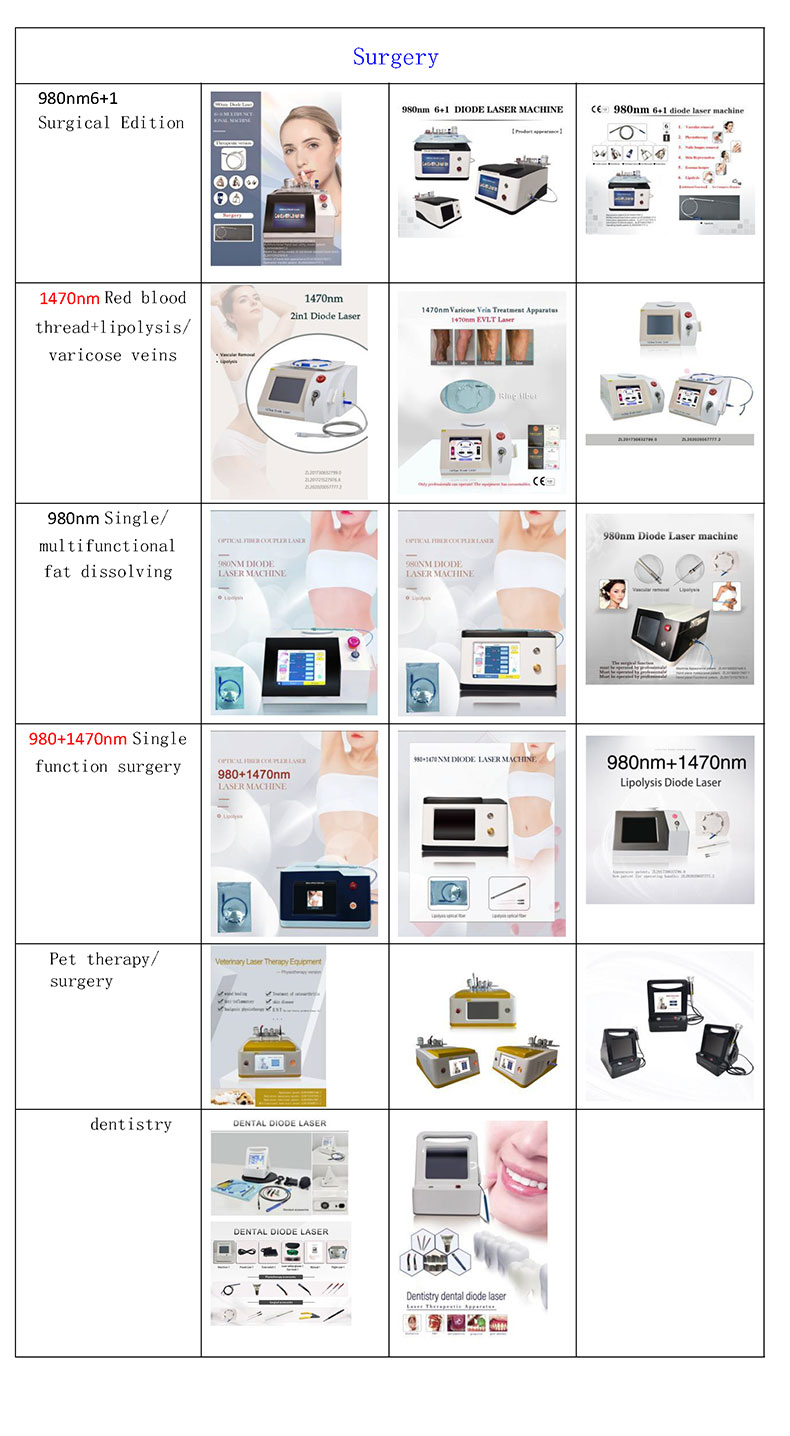Address
1st Floor, Building 7, No. 1, Lianxing Erheng Road, Yinbian, Jiahe Street, Guangzhou, Guangdong, China
Work Hours
Professional 7*24H Online Support
Address
1st Floor, Building 7, No. 1, Lianxing Erheng Road, Yinbian, Jiahe Street, Guangzhou, Guangdong, China
Work Hours
Professional 7*24H Online Support
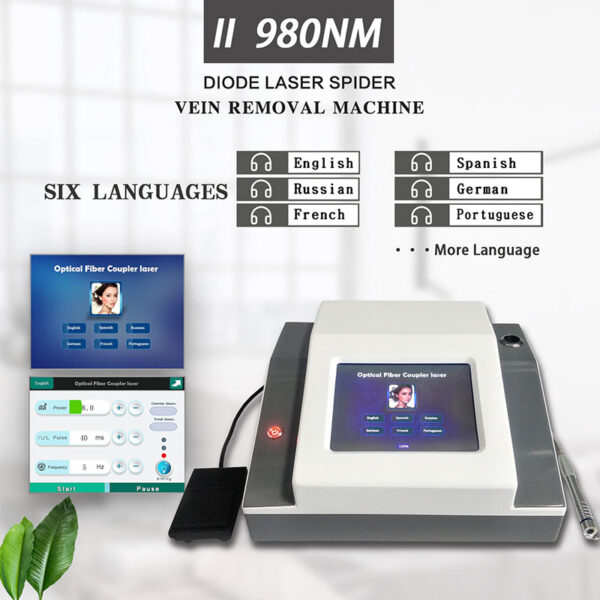
Model:VL1010
Brand Name:YANMEI
Delivery Method: By Air, By DHL/TNT/FEDEX/UPS Express ,By Sea(Door To Door, Double tax)
OEM/ODM: Support,having been in the industry more than 10 years, all of our product lines can be fully customized to meet your specific needs at competitive prices.
Occasion: Beauty Salon,Hospitals,Clinic,Skin Care Centers,Spa,Home,etc ..
Machine Language: English (Support Customized System Language)
Warranty: lifelong after-sales service
Product Training: Get free one-on-one clinical operating training service.
Ee Certification: All have been approved by international certifications.
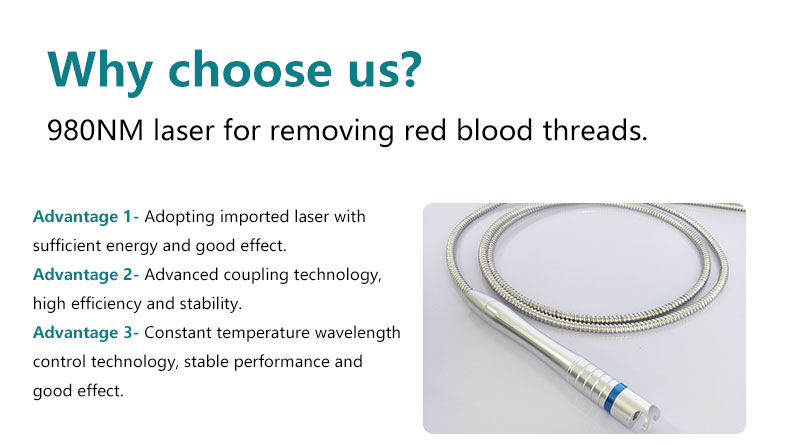
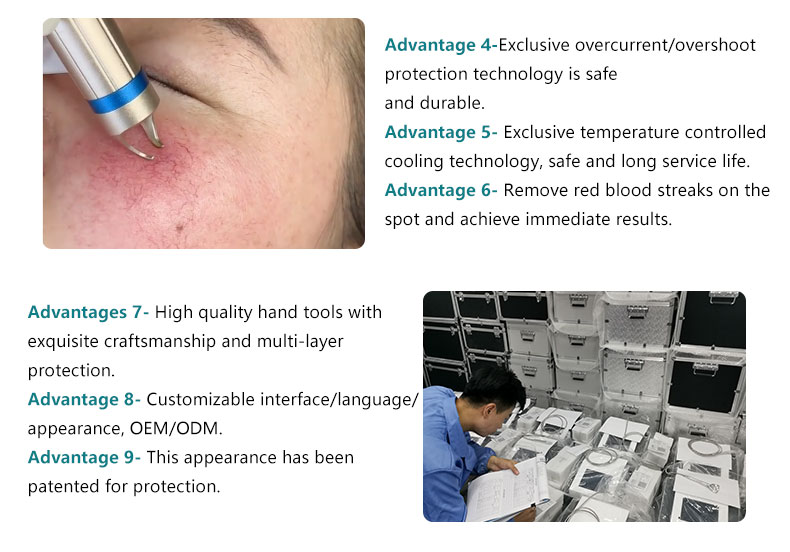
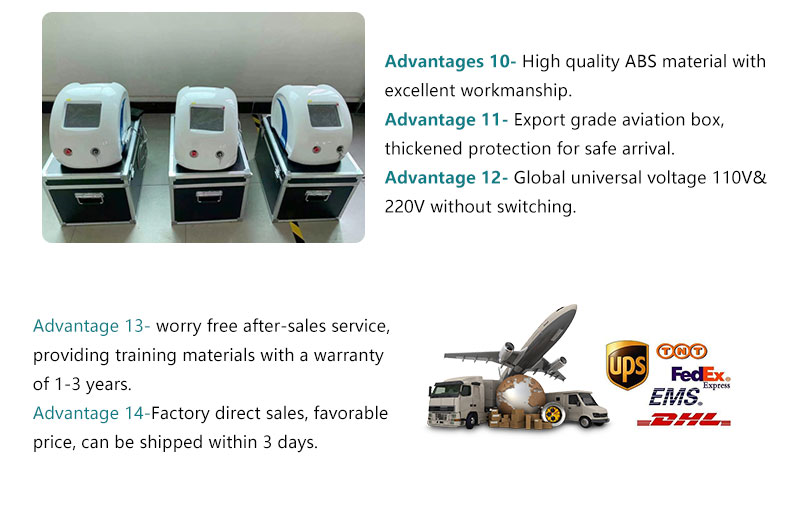
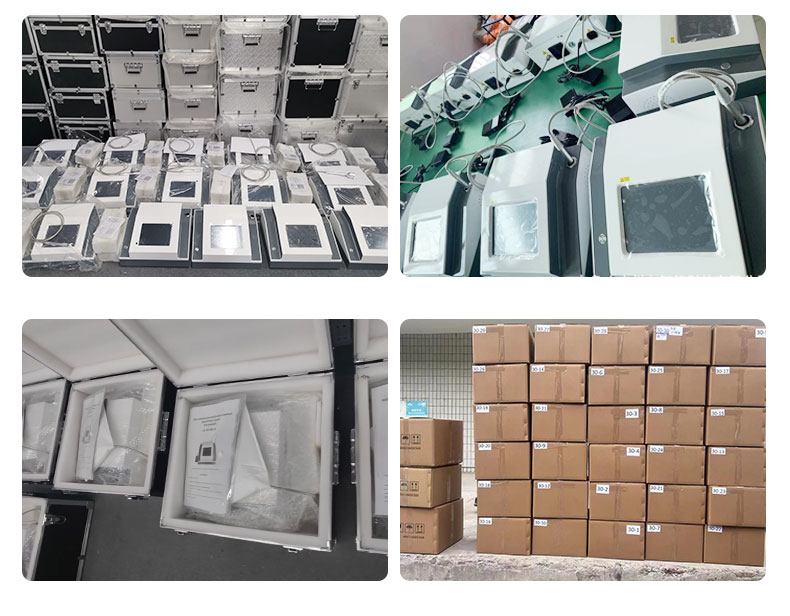
Spider veins, also known as telangiectasias, are small, dilated blood vessels that appear near the surface of the skin. Typically red, purple, or blue, they often resemble spider webs or tree branches, which is how they earned their name. Commonly found on the legs and face, spider veins can affect individuals of all ages, though they are particularly prevalent among women and those over the age of 40. Understanding the factors contributing to their development is crucial in comprehending their impact on vascular health.
The common causes of spider veins include hormonal changes, genetics, obesity, prolonged standing, and certain medical conditions. Hormonal fluctuations, often linked to pregnancy, menopause, or the use of birth control, can weaken the valves in veins and lead to their formation. Additionally, genetics play a significant role, as individuals with a family history of spider veins are more likely to develop them themselves. Obesity and prolonged standing create increased pressure on the veins in the legs, further exacerbating the problem.
The presence of spider veins can have both physical and emotional ramifications for those affected. While they are generally considered a cosmetic concern, they can also signal underlying vascular issues if left untreated. Physically, spider veins may lead to discomfort, including aching or heaviness in the legs, primarily after prolonged periods of standing. Emotionally, individuals may experience decreased self-esteem or anxiety regarding their appearance, particularly when wearing clothing that exposes the affected areas.
It is important to differentiate spider veins from varicose veins, as the latter are larger, more prominent, and often accompanied by more severe symptoms. While spider veins usually do not pose serious health risks, understanding their implications can inform individuals about the importance of seeking treatment options, such as the 980nm laser technology, for effective removal and improved vascular health.
The 980nm laser technology represents a significant advancement in the field of vascular treatments, particularly for conditions such as spider veins. This specialized laser operates at a wavelength of 980 nanometers, which is optimized for the absorption of light by hemoglobin—an essential protein found in red blood cells responsible for oxygen transport. When the laser light is directed at the affected blood vessels, it penetrates the skin and is absorbed by the hemoglobin present in the surface veins. This absorption generates heat, leading to selective coagulation and subsequent closure of the targeted vessels, thus effectively diminishing the appearance of spider veins.
One of the primary advantages of using a 980nm wavelength is its precision. The focused light minimizes damage to the surrounding tissues, ensuring that only the problematic vessels are treated. This precision drastically reduces downtime and potential side effects, enhancing patient comfort during the procedure. Compared to other laser technologies, the 980nm laser also offers enhanced safety profiles, as it operates at a wavelength that is less likely to cause thermal injury to the skin and deeper structures. This characteristic is especially beneficial for sensitive areas—where spider veins typically occur—allowing for a more comfortable experience.
Furthermore, the 980nm laser can be used in conjunction with other treatment modalities, adding versatility to vascular health management strategies. The efficiency and minimized discomfort associated with the 980nm laser procedure have made it a preferred choice among clinicians and patients alike. This innovative technology not only addresses the cosmetic concerns of spider veins but also promotes overall vascular health, showcasing the remarkable potential of laser advancements in contemporary medical practice.
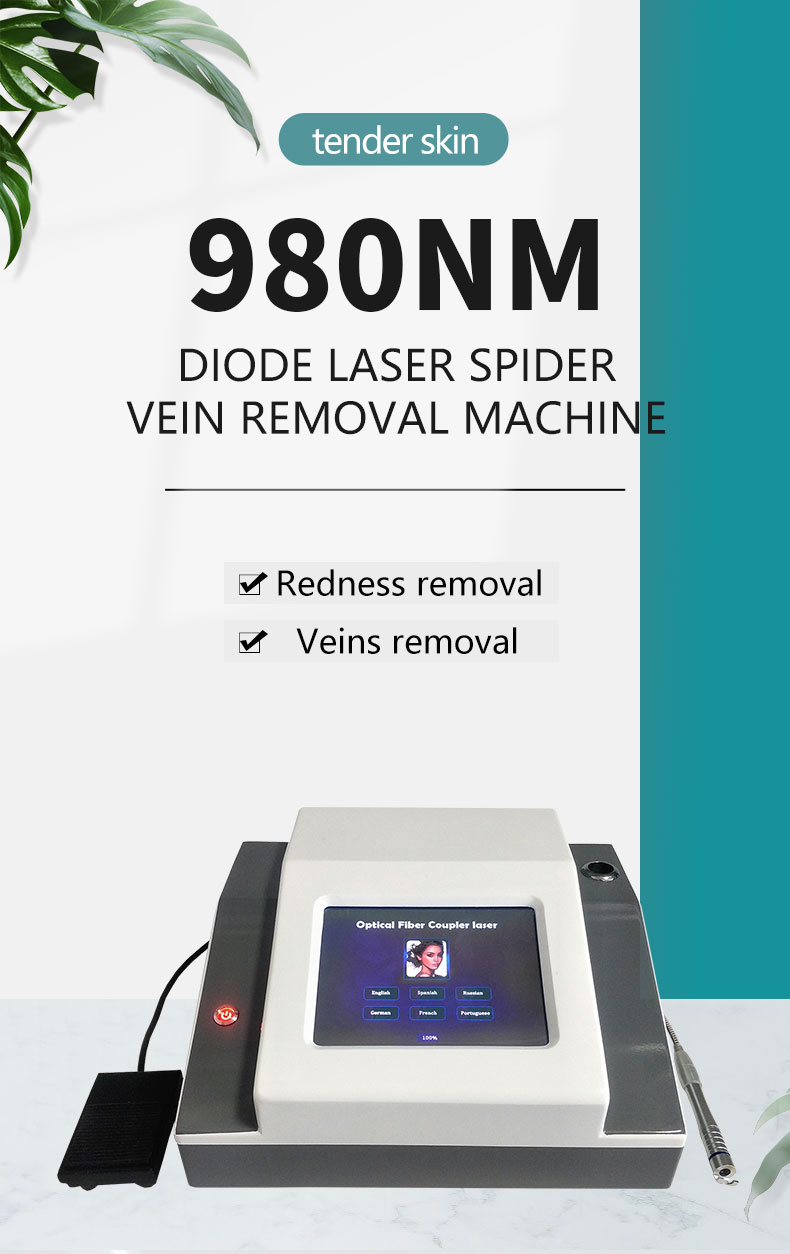
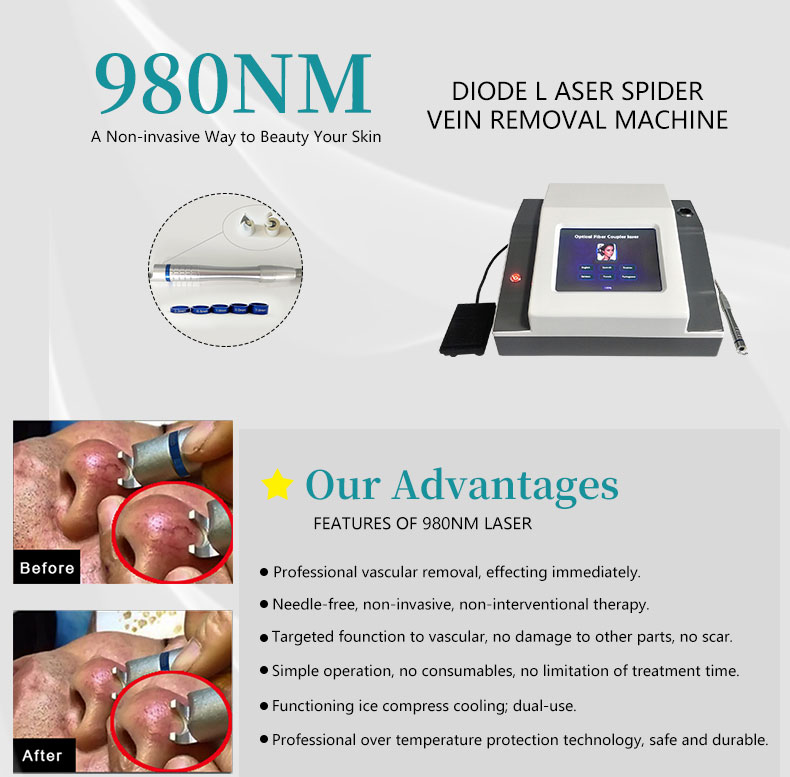
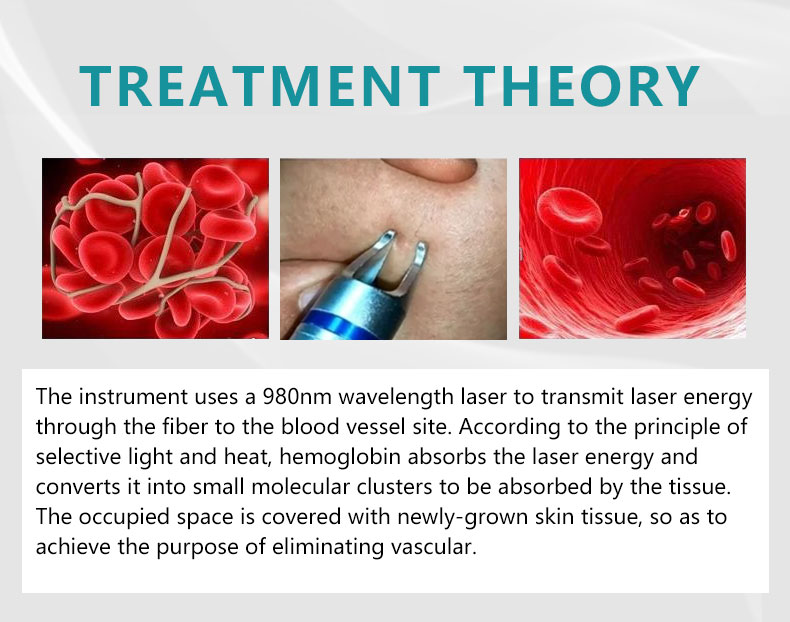
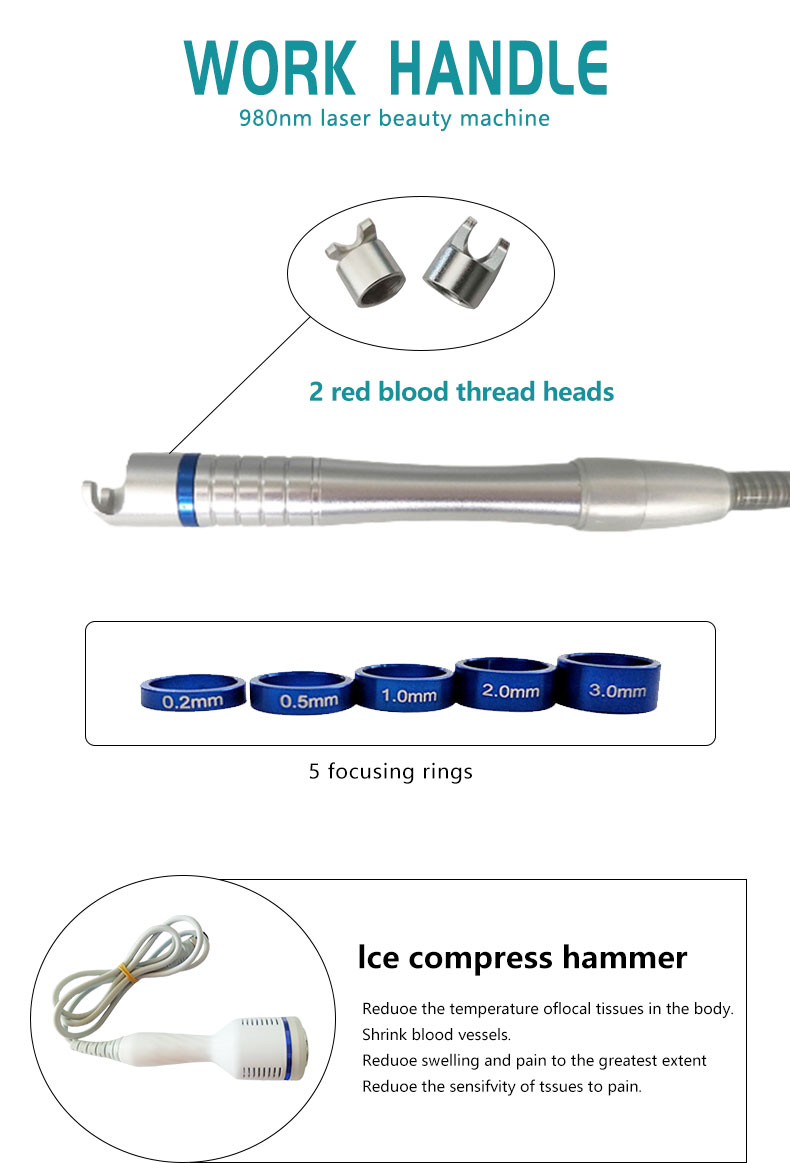
The 980nm laser technology has emerged as a preferred solution for spider vein removal due to its numerous advantages over traditional methods. One of the most significant benefits is its non-invasive nature, which eliminates the need for surgical interventions. This characteristic allows patients to undergo the procedure comfortably, often without requiring anesthesia, reducing anxiety and associated risks. Furthermore, the laser targets only the affected veins, preserving surrounding tissues, thus minimizing trauma to the skin.
Another advantage of the 980nm laser for spider vein treatment is the minimal recovery time required post-procedure. Patients can typically resume their daily activities almost immediately, making it an excellent option for individuals with busy schedules. The minimally invasive approach means fewer complications and a lower likelihood of bruising, swelling, or prolonged discomfort associated with more invasive treatments.
The high success rates of the 980nm laser treatment also contribute to its appeal. Studies have demonstrated significant improvements in the appearance of treated veins, leading to enhanced aesthetic outcomes and increased patient satisfaction. This treatment not only addresses the physical appearance of spider veins but also plays a crucial role in boosting self-esteem and confidence among patients. Their improved skin appearance often encourages greater openness to social interactions and personal activities.
In terms of pain management, the 980nm laser minimizes discomfort during the procedure. Patients often describe the sensation as a mild tingling or warmth, making it a tolerable experience. While potential side effects, such as redness or slight irritation, may occur, these are generally temporary and resolve quickly. Overall, the 980nm laser for spider vein removal stands out as a safe, effective, and patient-friendly option, revolutionizing vascular health treatments.
Undergoing the 980nm laser procedure for spider vein removal typically involves a well-structured plan to ensure patient comfort and optimal results. Initially, patients should expect a thorough consultation with their healthcare provider. During this pre-treatment phase, the doctor will assess the condition of the veins, discuss medical history, and outline the expected outcomes. This stage is crucial for setting realistic expectations regarding both the results and the recovery timeline.
On the day of the procedure, the patient’s skin will be cleansed, and a topical anesthetic may be applied to minimize discomfort. It is important for individuals to communicate any concerns they may have to their practitioner. The application of the 980nm laser itself is quick, usually completed within 30 to 60 minutes, depending on the size and number of veins being treated. Patients may experience a warming sensation as the laser energy penetrates the skin, targeting the spider veins while leaving surrounding tissue unharmed.
Post-treatment care plays a pivotal role in the healing process. After the session, patients can expect some redness, swelling, or slight bruising; however, these effects are generally temporary. Practitioners often recommend wearing compression garments for a short period to assist with healing and to promote circulation. It is essential to follow any aftercare instructions provided by the healthcare provider to enhance recovery outcomes.
Moreover, patients should recognize that multiple sessions might be necessary for optimal results. Following the initial treatment, regular follow-ups will be scheduled to monitor progress. Ultimately, with patience and adherence to care guidelines, individuals can anticipate a significant improvement in the appearance of their spider veins, boosting their confidence and overall vascular health.
The 980nm laser treatment for spider vein removal offers an innovative solution for individuals seeking to address unsightly vascular issues. Candidates ideal for this treatment typically include adults who exhibit visible spider veins on their legs or other areas of the body. Particularly, individuals between the ages of 18 and 65, with a healthy skin type, often find themselves as prime candidates for this procedure. It is essential to understand that skin pigmentation variations, such as fair, medium, or darker skin types, can influence the treatment’s effectiveness and the suitability of the 980nm laser.
However, age and skin type are just part of the criteria for determining candidacy. Overall health also plays a significant role in whether an individual should pursue this treatment. Those with underlying health conditions, such as cardiovascular issues, clotting disorders, or skin disorders, may be advised against undergoing the procedure due to potential complications. A thorough medical history review should precede any treatment consideration to identify any contraindications that could jeopardize patient safety.
Consultation with a qualified medical professional is paramount prior to deciding on undergoing the 980nm laser treatment. A professional can effectively assess one’s medical history, current health status, and aesthetic goals to ascertain whether this minimally invasive procedure is indeed suitable. Not only does this initial consultation help to inform patients about the procedure and its expected outcomes, but it also serves as an opportunity to discuss alternative treatment options if necessary. Therefore, engaging in a comprehensive dialogue with a healthcare provider will ultimately ensure the best possible approach to vascular health and spider vein removal.
